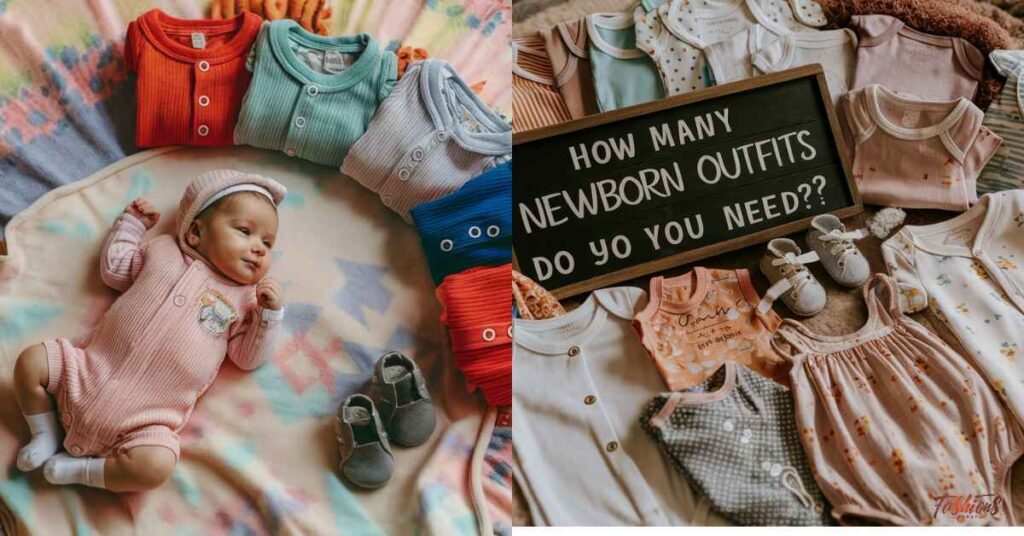When it comes to newborns, having the right outfits is crucial for their comfort and well-being. Newborns have delicate skin that requires soft and breathable fabrics, such as cotton. Essentials include onesies, bodysuits and sleepers for daily wear, along with hats and socks for warmth.
Swaddle blankets are also essential for maintaining a cozy environment. As newborns grow quickly, having a range of sizes ensures they’re always comfortable in their outfits, promoting healthy development and peaceful sleep.
The Basics of a Baby’s Wardrobe
The basics of a baby’s wardrobe include soft, comfortable clothes in various sizes, essential accessories like hats and socks and safety-conscious clothing choices.
Onesies and Bodysuits
Onesies and bodysuits are fundamental pieces of clothing for newborns and infants, offering numerous benefits:
Convenience: Onesies and bodysuits are easy to put on and take off, simplifying diaper changes and dressing routines.
Comfort: They are typically made from soft, breathable fabrics like cotton, ensuring comfort against the baby’s delicate skin.
Versatility: These garments can be worn alone or layered with other clothing depending on the weather, providing flexibility in dressing options.
Protection: Bodysuits with snap closures at the crotch prevent them from riding up, keeping the baby’s tummy covered and protected.
Warmth: Long-sleeved onesies and bodysuits are suitable for cooler temperatures, offering warmth without the need for bulky layers.
Stylish Designs: They come in a wide range of colors, patterns, and designs, allowing parents to choose options that suit their style preferences.
Growth Accommodation: Adjustable shoulder snaps or stretchy fabrics ensure a snug fit while accommodating the baby’s growth.
Durability: Onesies and bodysuits are durable and easy to clean, making them practical choices for everyday wear.
Read this blog: Golden Goose Size Chart: A Simple Guide
Sleepers
A comfortable choice for baby’s bedtime. Sleepers, also known as footed pajamas or sleep suits, are a popular choice for newborns and infants during bedtime. Here’s why they’re a great option:
Coziness: Sleepers are designed to keep babies warm and cozy throughout the night, providing a comfortable sleep environment.
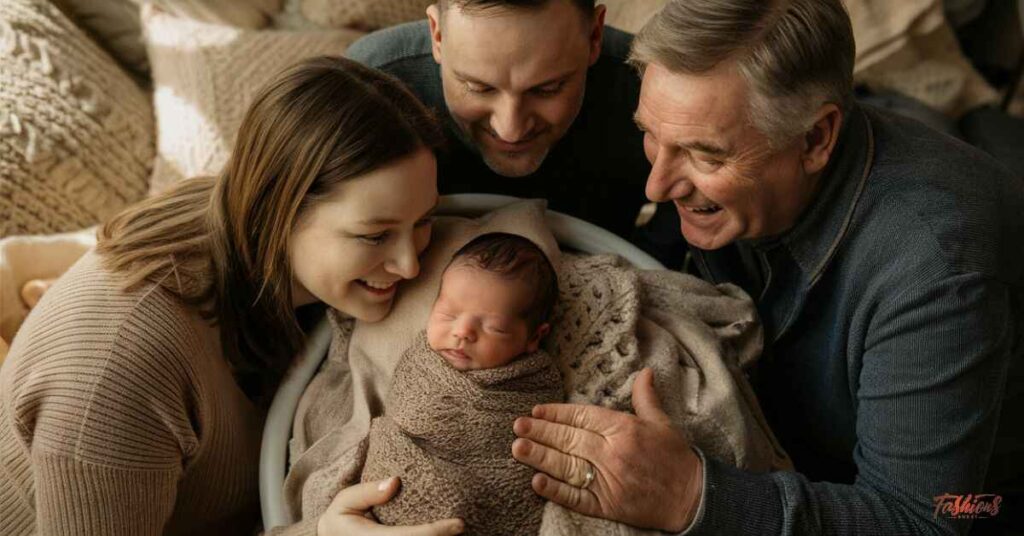
Safety: Footed sleepers eliminate the need for loose blankets, reducing the risk of suffocation or entanglement during sleep.
Convenience: They’re easy to put on and take off, making diaper changes in the middle of the night hassle-free.
Variety: Sleepers come in various styles, colors and designs, allowing parents to choose based on their preferences and the baby’s comfort.
Transition Wear: Some sleepers feature zipper closures for quick access, making them suitable for both nighttime sleep and daytime naps.
Size Options: Sleepers are available in different sizes to accommodate newborns, infants and growing babies, ensuring a proper fit at every stage.
Hats and Socks
Hats and socks are crucial for a baby’s comfort, warmth and protection. Hats keep their heads warm, shield from the sun and add a stylish touch. Socks protect tiny feet, offer grip and come in breathable fabrics. Choose sizes that fit snugly but aren’t too tight for optimal comfort. Overall, hats and socks are essential accessories for a well-dressed and comfortable baby.
Swaddle Blankets
Swaddle blankets are a must-have for newborns, providing comfort and security. They help babies feel snug and calm, mimicking the womb environment. Swaddling can promote better sleep patterns by preventing startle reflexes.
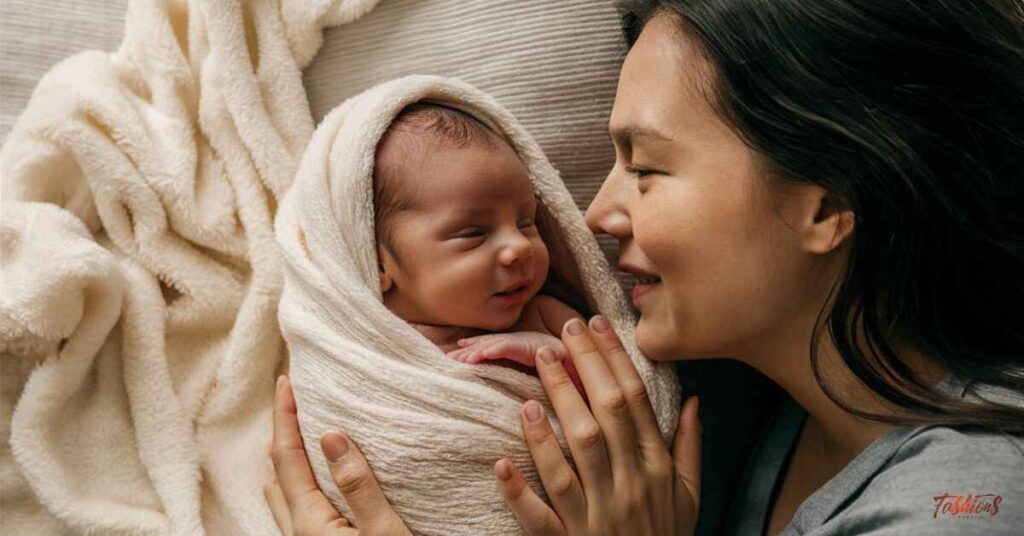
These blankets are typically made from soft, breathable fabrics like muslin or cotton. They also come in various sizes and designs to suit different preferences. Swaddle blankets are versatile and can be used for feeding, cuddling and playtime, making them an essential item in a baby’s nursery.
Comfortable Fabrics
Comfortable fabrics are essential for a baby’s clothing. Opt for soft materials like cotton. They are gentle on delicate skin, reducing irritation. Cotton is breathable, helping regulate body temperature and prevent overheating.
Look for fabrics labeled as hypoallergenic to minimize allergic reactions. Avoid rough or scratchy materials that can cause discomfort. Comfortable fabrics contribute to a happy and contented baby.
Weather Adaptation
Adapting to weather changes is crucial for dressing a newborn. In hot weather, choose lightweight, breathable fabrics. Opt for sleeveless or short-sleeved outfits to keep them cool. In cold weather, layer clothing for warmth. Use hats, socks and blankets to cover exposed areas.
Monitor their comfort and adjust clothing accordingly. Weather-appropriate dressing ensures a comfortable and healthy environment for your baby.
Easy to Wash
Choosing baby clothes that are easy to wash is practical and convenient. Look for machine-washable fabrics. Follow care instructions to maintain fabric quality. Avoid clothes that require special washing procedures. Stain-resistant fabrics can save time and effort.
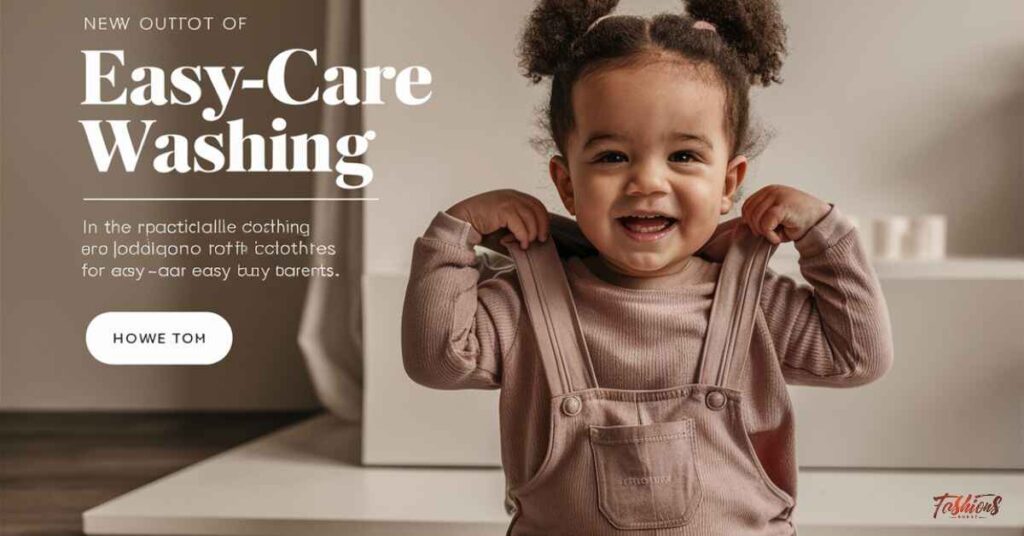
Quick-drying materials are ideal for busy parents. Easy-to-wash clothes ensure hygiene and freshness for your baby’s wardrobe.
Safety First
Prioritizing safety is paramount when selecting baby clothes. Avoid clothes with small buttons or embellishments that could pose choking hazards. Opt for flame-resistant fabrics for sleepwear. Check for loose threads or seams that may irritate the skin.
Choose clothes with secure closures, like snaps or zippers. Wash new clothes before use to remove any chemicals or irritants. Safety-conscious clothing choices promote a safe and comfortable environment for your baby.
Quick Overview of Newborn Clothes Quantity
| Clothing Items for Baby | Quantity |
| Bodysuit | 7 Pieces |
| Onesies | 7 Pieces |
| Sleepers Or Footies | 5 Pieces |
| Booties Or Socks | 5 Pieces |
| Pants | 3 Pieces |
| Mittens | 5 Pieces |
| Coats Or Jackets | 5 Pieces |
| Hats Or Beanies | 2 Pieces |
Newborn Size Clothes
When it comes to newborn clothing sizes, it’s essential to consider the rapid growth and development of infants. Here’s a breakdown of typical clothing sizes for different age ranges:
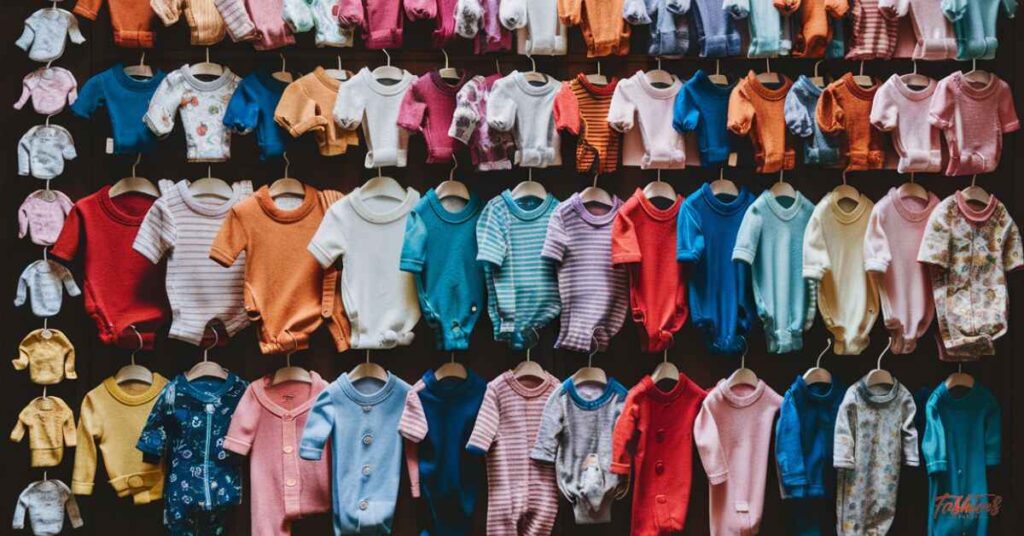
0-3 Months Clothing Size
During the first three months, newborns typically wear sizes labeled as “0-3 months.” These sizes are designed to accommodate their small and delicate bodies, offering comfort and ease of movement.
3-6 Months Clothing Size
As babies grow, they transition into the “3-6 months” clothing size range. At this stage, they become more active, so clothing with a bit more room allows for freedom of movement and comfort.
6-9 Months Clothing Size
Between 6 to 9 months, babies continue to grow quickly. Clothing labeled as “6-9 months” provides the right fit without being too tight or restrictive, supporting their developing motor skills.
9-12 Months Clothing Size
By the time babies reach 9 to 12 months, they are more mobile and may start crawling or even taking their first steps. Clothing in the “9-12 months” range is designed to accommodate their increased mobility while still ensuring comfort and ease of wear.
It’s important to note that Above size ranges can vary slightly depending on the brand and the individual baby’s growth rate. Regularly checking and updating your baby’s wardrobe with the appropriate sizes ensures they are comfortable and able to explore their world safely.
Also read: Unlock Perfect Fit: Kids’ Shoe Size Mexico To US Guide
Quality Over Quantity
Quality over quantity is key for newborn outfits. Invest in durable fabrics like cotton. Ensure comfort with soft, breathable materials. Choose well-made clothes that withstand frequent washings. Focus on essentials rather than excessive items. Prioritize safety and comfort in every outfit. Quality garments last longer and provide better value.
Laundry Frequency

- Newborns typically require frequent outfit changes due to spills and diaper leaks.
- Aim to do laundry for baby clothes at least every two to three days.
- Use a gentle detergent specially formulated for baby clothes to avoid skin irritation.
- Separate baby clothes from adult laundry to prevent cross-contamination.
- Wash baby clothes in cold water to preserve colors and prevent shrinkage.
- Avoid using fabric softeners or harsh chemicals that may be harsh on sensitive skin.
- Air-dry baby clothes whenever possible to maintain fabric quality.
- Inspect clothes for stains and treat them promptly before washing.
- Wash baby blankets, burp cloths, and bedding regularly to maintain hygiene.
- Adjust laundry frequency based on your baby’s needs and the season to ensure they always have clean, comfortable clothes.
Seasonal Baby Clothing Considerations
Seasonal considerations for baby clothing are important for their comfort and well-being:
Summer: Opt for lightweight, breathable fabrics like cotton to keep them cool. Choose sleeveless or short-sleeved outfits and hats for sun protection.
Fall: Layer clothing with soft, cozy fabrics like fleece or knitwear. Add hats and socks to keep them warm during cooler days.
Winter: Dress in layers with thermal clothing underneath. Use insulated outerwear, hats, gloves, and boots for outdoor activities.
Spring: Transition to lighter fabrics as the weather warms up. Long-sleeved outfits are suitable for cooler spring days, while short-sleeved options are ideal for warmer weather.
Frequently asked questions
How many clothes should a newborn wear a day?
A newborn typically wears around 5-7 outfits a day due to frequent diaper changes and feedings. It’s essential to have extra clothes on hand for unexpected spills or messes.
Should newborns wear 0 or 3 month clothes?
Newborns usually wear 0-3 month clothes initially due to their smaller size and rapid growth. It’s best to have a mix of sizes on hand to ensure a proper fit as they grow.
How many newborn outfits should I bring to the hospital?
Bringing around 2-4 newborn outfits to the hospital is advisable, including onesies and sleepers. Pack extras for unexpected changes or accidents during your stay.
What are the 4 basic needs of a newborn baby?
Nutrition: Newborns require frequent feeding, either through breastfeeding or formula feeding, to support their growth and development.
Sleep: Babies need plenty of sleep to rest and grow, with newborns typically sleeping for 14-17 hours a day in short stretches.
Hygiene: Regular diaper changes, bathing, and keeping the baby’s surroundings clean are essential for their health and well-being.
Comfort: Providing a safe, comfortable environment with appropriate clothing, bedding and temperature control is crucial for a newborn’s comfort.
How many outfits does mom need for hospital?
For a hospital stay after giving birth, a new mom typically needs around 3-5 comfortable and loose-fitting outfits. These can include nursing-friendly tops, pajamas, robes and comfortable underwear. It’s also a good idea to pack a few extra changes in case of unexpected spills or accidents.
Conclusion
Dressing newborns requires careful consideration of comfort, safety and practicality. Opting for soft, breathable fabrics like cotton ensures a gentle touch on delicate skin. It’s essential to have a variety of sizes on hand to accommodate their rapid growth and changing needs, promoting comfort and ease of movement. Prioritizing safety by choosing clothes with secure closures and avoiding potential choking hazards ensures a safe and happy experience for both baby and parents.
Seasonal considerations also play a significant role in dressing babies appropriately for the weather. Layering clothing for colder seasons and choosing lightweight options for warmer weather helps maintain comfort and regulate body temperature. By balancing comfort, safety and seasonality, parents can create a well-rounded wardrobe that meets the needs of their newborn while providing a cozy and stylish look.

